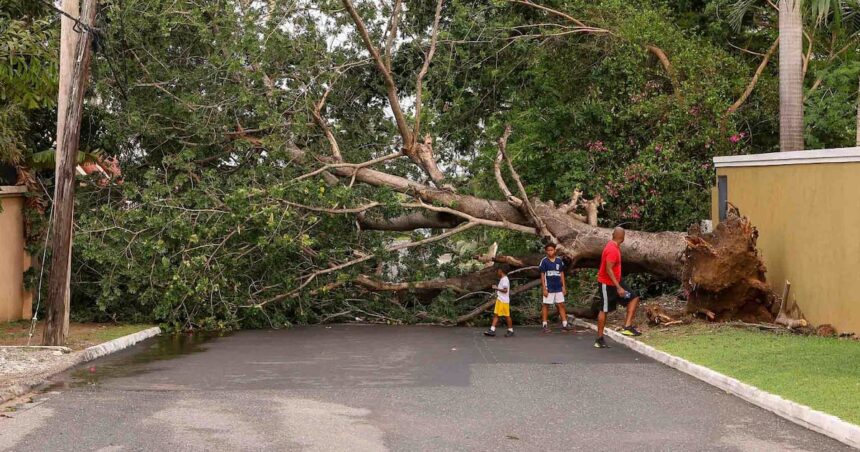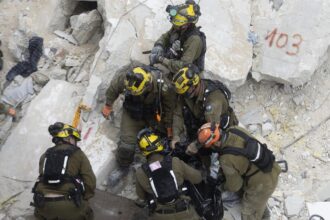In a groundbreaking collaboration that signals a new era in Caribbean disaster management, Jamaica has deployed sophisticated Canadian drone technology to enhance its emergency response capabilities. The island nation, frequently in the crosshairs of hurricanes and flooding, now harnesses aerial surveillance to make critical decisions that could save countless lives when disaster strikes.
“What used to take us days to assess can now be done in hours,” explains Nadine McIntosh, Jamaica’s Director of Emergency Operations. “These Canadian drones give us eyes in previously inaccessible areas almost immediately after a weather event.”
The initiative, backed by Canada’s International Development Agency, introduces a fleet of specialized unmanned aerial vehicles designed to withstand the harsh conditions typical during Caribbean storms. Unlike commercial drones, these systems can operate in wind speeds up to 60 km/h and feature enhanced imaging capabilities that penetrate through heavy rainfall and low visibility conditions.
The technology comes from Toronto-based Precision Aerial Systems, whose CEO Margaret Williams describes the drones as “purpose-built for disaster scenarios.” The systems can transmit real-time data to emergency command centers, allowing officials to identify stranded communities, assess infrastructure damage, and direct rescue teams with unprecedented precision.
Jamaica’s Office of Disaster Preparedness and Emergency Management has already put the drones to work during recent flooding in Montego Bay, where they identified several cut-off communities that traditional ground teams had missed. The aerial footage revealed compromised bridges and roads that weren’t visible from satellite imagery, enabling authorities to reroute emergency supplies through safer alternative paths.
The partnership extends beyond simply providing equipment. A team of Canadian specialists has trained over thirty Jamaican disaster response personnel in drone operation, maintenance, and data analysis. This knowledge transfer ensures the program’s sustainability long after the initial implementation phase concludes.
Climate scientists have identified the Caribbean as increasingly vulnerable to extreme weather events. The region has experienced a 35% rise in major hurricanes over the past decade compared to historical averages. This vulnerability makes the drone program particularly valuable, as Jamaica’s emergency response framework serves as a model for smaller island nations throughout the region.
“This technology democratizes disaster response,” notes Dr. Richard Thompson, climate resilience expert at the University of the West Indies. “Communities that were previously last to receive help due to their remote locations now have the same chance as urban centers when it comes to rapid assessment and resource allocation.”
The program’s success has already prompted discussions about expanding the initiative to neighboring countries including Haiti and the Dominican Republic, where similar geographical challenges complicate disaster response efforts.
As climate change continues to intensify weather patterns globally, how might these technological partnerships between developed and developing nations reshape our approach to disaster management? The Jamaica-Canada drone initiative may well provide the blueprint for a future where emergency response becomes increasingly borderless and technology-driven.










